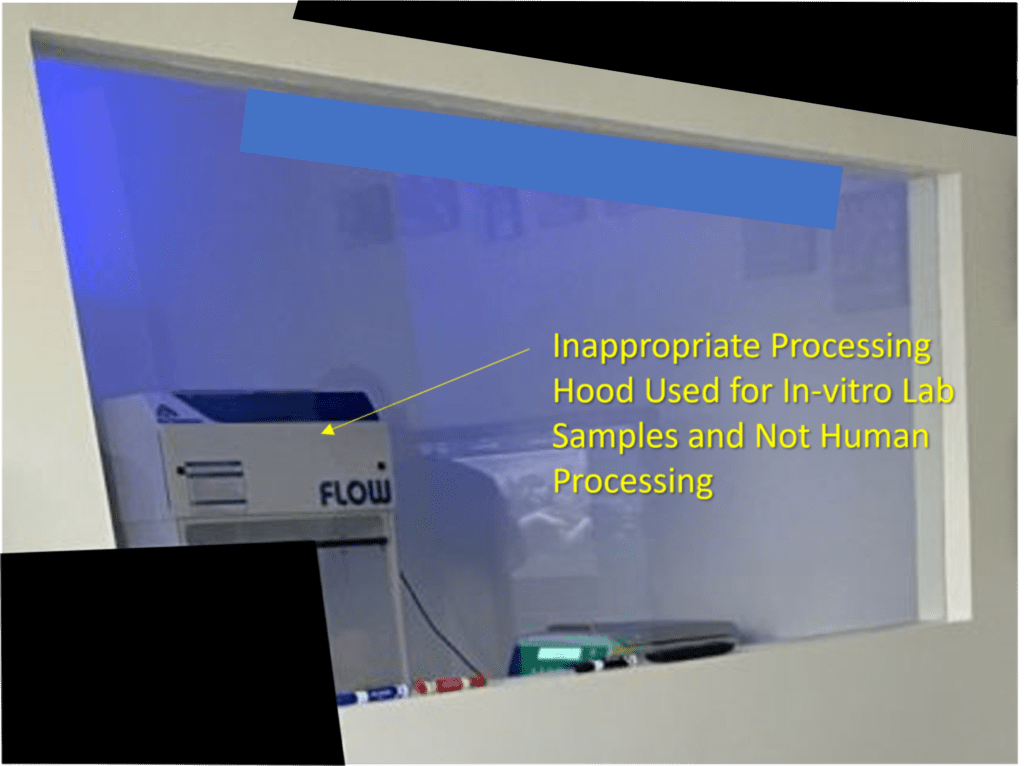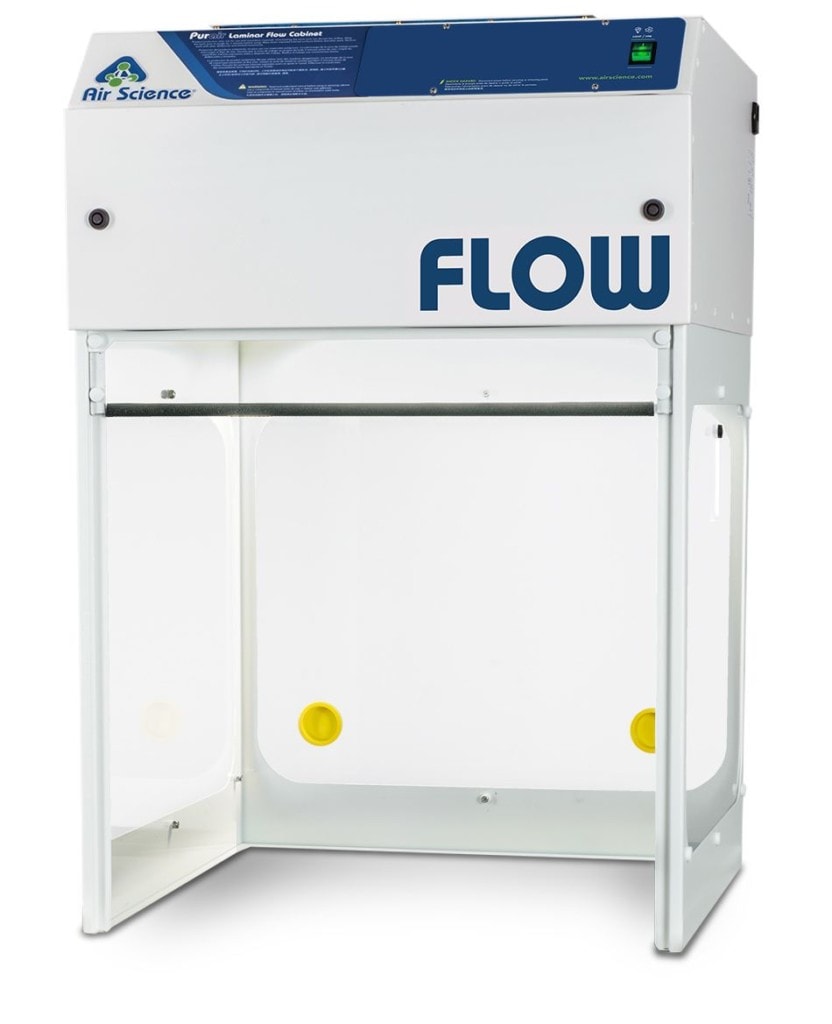Is an In-Office Orthobiologics Lab a Good Thing?
There has been an explosion of in-office labs these past several years which like many things in orthobiologics, is something Regenexx pioneered. Sometimes doctors place pictures on Linkedin and I see stuff that’s glaringly bad. This brings up a point. If I can see things in the background of a Linkedin glamor post, what else is wrong? As a patient, how would you know? Let’s dig in.
In-House Orthobiologics Labs
If the training wheels are represented by the kits doctors use to make platelet-rich plasma, bone marrow concentrate, and micro fragmented fat, losing the training wheels is represented by graduating to manual processing in your office. The good news is that this can markedly increase the flexibility of what’s created. For example, much higher platelet doses in PRP. The bad news is that this all needs to be done a certain way to protect patients and produce a consistent biologic.
A Linkedin Picture
I’ve seen an increase in physicians posting pictures of their clinics on Linkedin. This is one of those shots, which was actually of a procedure, but I cropped it as it shows a glaring problem with this in-house “lab” (this image is heavily redacted to protect the clinician’s identity who posted it):

That desktop cabinet is this one:

I’ve seen this model used before in in-house “labs”. The idea of these “hoods” is to protect the patient sample from contamination and the processor from being contaminated. They are called Biologic Safety Cabinets or BSCs.
This is a Class 1 BSC. This type of cabinet has a few serious issues in dealing with patient samples. First, it generally doesn’t protect patient samples from contamination as they have a similar airflow pattern to a fume hood. Hence, they are usually used to prepare lab samples for diagnostic testing. Second, the cabinet doesn’t have any protection for the user, as the glass guard doesn’t pull down to protect the processor from splashes. In addition, notice how the workspace on the bottom is open to the desk or whatever this cabinet is placed on. Also, this type of cabinet pulls air in from the room, which may be contaminated. While it does eventually filter that air, not before the dirty air passes over open patient samples. Meaning, in every way that counts, this hood is a few sandwiches short of a picnic.
The Right BSC

These are BSCs from our Colorado processing lab where we have four of these units. They are class 2 units where the splash shield pulls down to protect the user. They also create a positive pressure in the unit to push clean air out without drawing dirty air in.
What Else is Wrong with the New Orthobiologics Processing Labs?
If I can detect a major problem with an in-house lab with a glance, how deep do those problems go? The purpose of these labs is to minimally manipulate human blood, bone marrow, or fat. So what’s required to keep patients safe?
Just placing the BSC in the room is a big deal. That is determined by an NSF/ANSI standard. So you can’t just place it where it looks good or makes sense from a furniture standpoint. It needs to be in specific parts of the room based on where the air vents are located, where the traffic patterns happen, where the door is located, etc…
There’s a mountain of SOP documents that describe how a lab should be run. Then processors are tested on these procedures to make they know how to produce a consistent product. Then there’s regular contamination monitoring. Then rules of what happens if contamination is found. Dozens of small details matter for patient safety.
So do you think the clinician who didn’t do his or her homework on this BSC has all of that in place? That’s very unlikely.
How Do You Protect Yourself as a Patient or a Doctor?
I wouldn’t expect your average doctor practicing orthobiologics to know ANY of this stuff. However, once you enter into this type of manual processing, legally you are liable for knowing all of it in great detail. Meaning if there’s a malpractice case based on a contaminated sample and an expert asks you what was your protocol for contamination testing and your answer is a blank stare, that’s a big problem.
As a patient, how would you know that this BSC was the wrong one? The reality is that you wouldn’t have any way of knowing if the doctor was processing your blood, bone marrow, or fat in a safe or unsafe manner. In fact, you wouldn’t know until it was too late.
At Regenexx We Monitor All of This
If this doctor was a Regenexx affiliate, he wouldn’t have to worry about choosing the wrong piece of equipment, as all of that would be handled. Also, everything from SOPs to processor training and ongoing certification would also be sorted. Finally, contamination testing using strict criteria would be mandatory, not optional. In addition, a third party (our lab trainers and medical director) determines how to remediate any issues.
The upshot? This is what I do for a living every day, so catching a glimpse in a photo of a very poor choice of equipment is second nature. However, as a doctor, how would you know this stuff? It’s not taught in medical school, residency, or fellowship. As a patient, regrettably, you wouldn’t know there was an issue until it was far too late.

If you have questions or comments about this blog post, please email us at [email protected]
NOTE: This blog post provides general information to help the reader better understand regenerative medicine, musculoskeletal health, and related subjects. All content provided in this blog, website, or any linked materials, including text, graphics, images, patient profiles, outcomes, and information, are not intended and should not be considered or used as a substitute for medical advice, diagnosis, or treatment. Please always consult with a professional and certified healthcare provider to discuss if a treatment is right for you.